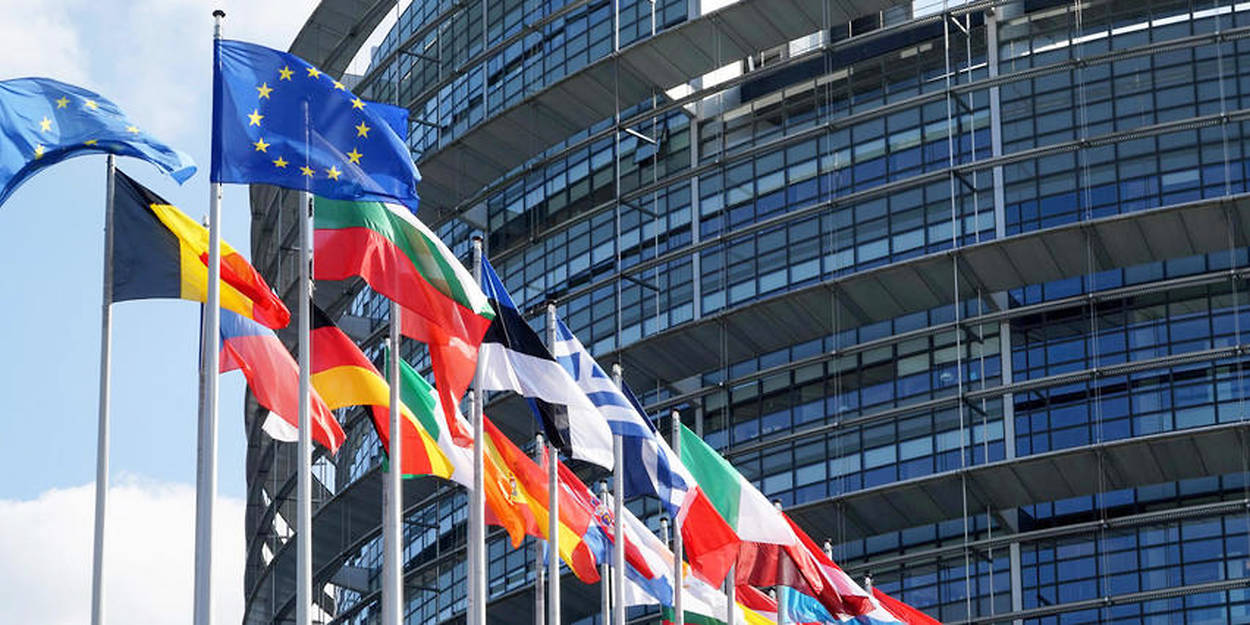Today, the European Commission and the High Representative presented the first-ever European Defence Industrial Strategy at EU level and proposed an ambitious set of new actions to support the competitiveness and readiness of its defence industry.
The European Defence Industry Programme (EDIP) is the new legislative initiative that will bridge from short-term emergency measures, adopted in 2023 and ending in 2025, to a more structural and longer-term approach to achieve defence industrial readiness. This will ensure continuity in the support to the European defence technological and industrial base, to accompany its swift adaptation to the new reality.
Two years ago, Russia’s unjustified, on-going war of aggression against Ukraine marked the return of high-intensity conflict on our continent. The European Defence Industrial Strategy (EDIS) sets a clear, long-term vision to achieve defence industrial readiness in the European Union. As a first immediate and central means to deliver the Strategy, the European Commission today tables a and a framework of measures to ensure the timely availability and supply of defence products.
The Strategy outlines the challenges currently faced by the European Defence Technological and Industrial Base (EDTIB) but also the opportunity to tap its full potential and sets out a direction for the next decade. To increase European defence industrial readiness, Member States need to invest more, better, together, and European. To support Member States in achieving these goals, the European Defence Industrial Strategy presents a set of actions aiming at:
Supporting a more efficient expression of the Member States’ collective defence demand. This will be based on existing instruments and initiatives, such as the Capability Development Plan (CDP), the Coordinated Annual Review on Defence (CARD) and the Permanent Structured Cooperation (PESCO). It will be supported by incentivising Member States’ cooperation in the procurement phase of defence capabilities.
Securing the availability of all defence products through a more responsive EDTIB, under any circumstances and time horizon. Investments by Member States and the European defence industry in developing and bringing to market tomorrow’s state of the art defence technologies and capabilities will be supported. Measures are also proposed to ensure that the EDTIB has at its disposal what it needs even in crisis periods, thereby increasing the EU’s Security of Supply.
Ensuring that national and EU budgets support with the necessary means the adaptation of the European defence industry to the new security context;
Mainstreaming a defence readiness culture across policies, notably by calling for a review of the European Investment Bank’s lending policy this year;
Developing closer ties with Ukraine through its participation in Union initiatives in support of defence industry and stimulating cooperation between the EU and Ukrainian defence industries.
Teaming up with NATO and our strategic, like-minded and international partners, and cooperating more closely with Ukraine.
The Strategy sets indicators, aimed at measuring Member States’ progress towards industrial readiness. Member States are invited to:
Procure at least 40% of defence equipment in a collaborative manner by 2030;
Ensure that, by 2030, the value of intra-EU defence trade represents at least 35% of the value of the EU defence market.
Make steady progress towards procuring at least 50% of their defence procurement budget within the EU by 2030 and 60% by 2035.
A stronger and more responsive European defence industry will benefit the Member States and ultimately EU citizens. It will also benefit the EU’s key partners, including NATO and Ukraine.


